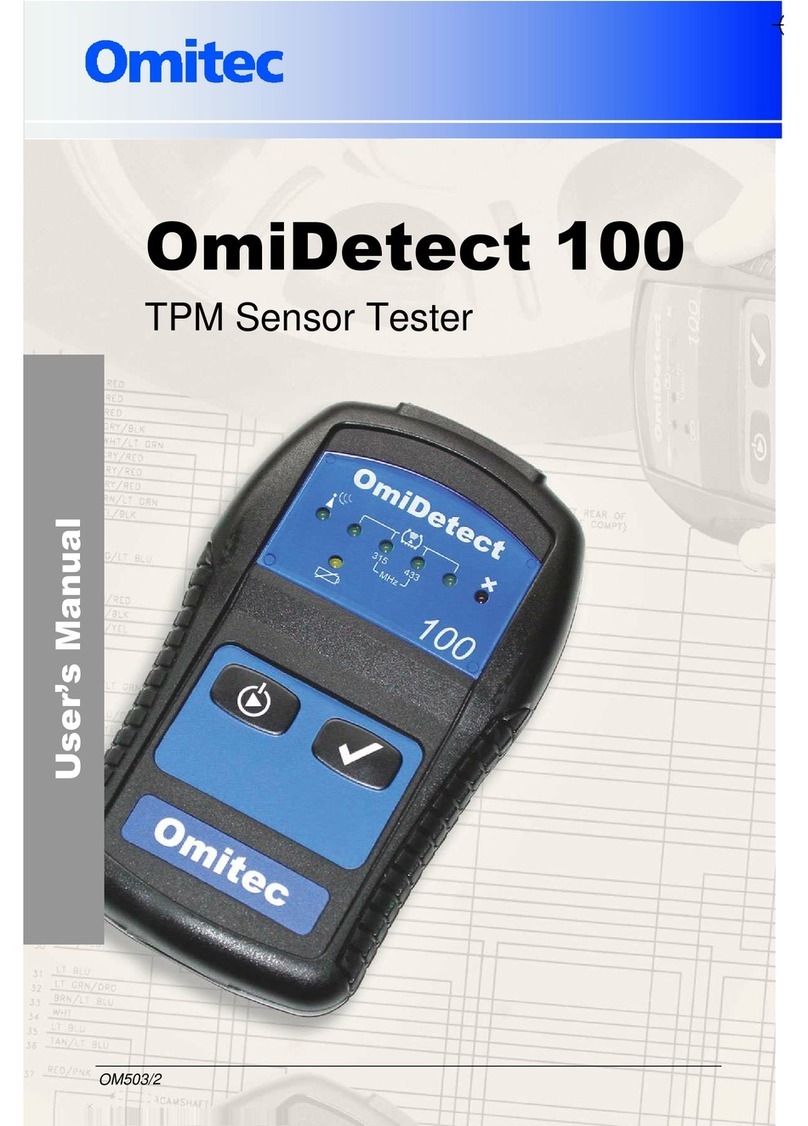
Contents
3
Introduction
Introduction ............................................................................................ 5
OmiSmoke Components........................................................................ 6
Handset ............................................................................................. 6
Smokemeter ...................................................................................... 8
Sample hose.................................................................................... 10
Inserting sample hose probe ........................................................... 11
Engine oil temperature sensor probe .............................................. 12
Setting the sensor probe depth gauge ............................................ 13
Safety Precautions............................................................................... 14
Getting Started
PC Based Systems .............................................................................. 15
System requirements....................................................................... 15
Loading software ............................................................................. 15
Battery Charging .................................................................................. 15
Emissions Testing Using the Handset ................................................. 16
Emissions Testing Using the PC ......................................................... 17
PC Navigation Short-cut Buttons ......................................................... 18
Test Procedures
Preparation of Vehicle Prior to Tests ................................................... 19
Checks on Vehicle Before Tests ..................................................... 19
Visual Test ........................................................................................... 19
Metered Smoke Test ........................................................................... 19
MOT FAS Test Procedure ................................................................... 20
Category of Vehicle ......................................................................... 21
RPM Probe ...................................................................................... 21
Smart Card ...................................................................................... 22
Test Type......................................................................................... 23
Reduced Pollution Certificate (RPC) - (Category B only) ................ 24
Oil Temperature Measurement (Category A only)........................... 24
Insert Pipe into Exhaust................................................................... 26
FAS Test Procedure ........................................................................ 27
Fast Test (Category A only)............................................................. 27
Results and Print ............................................................................. 28




























